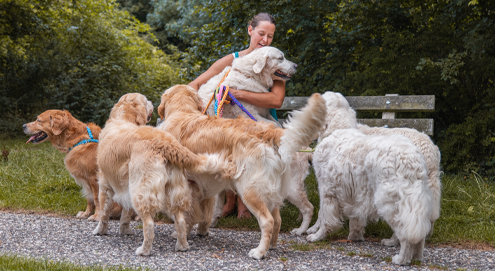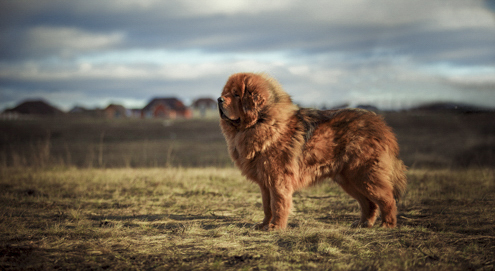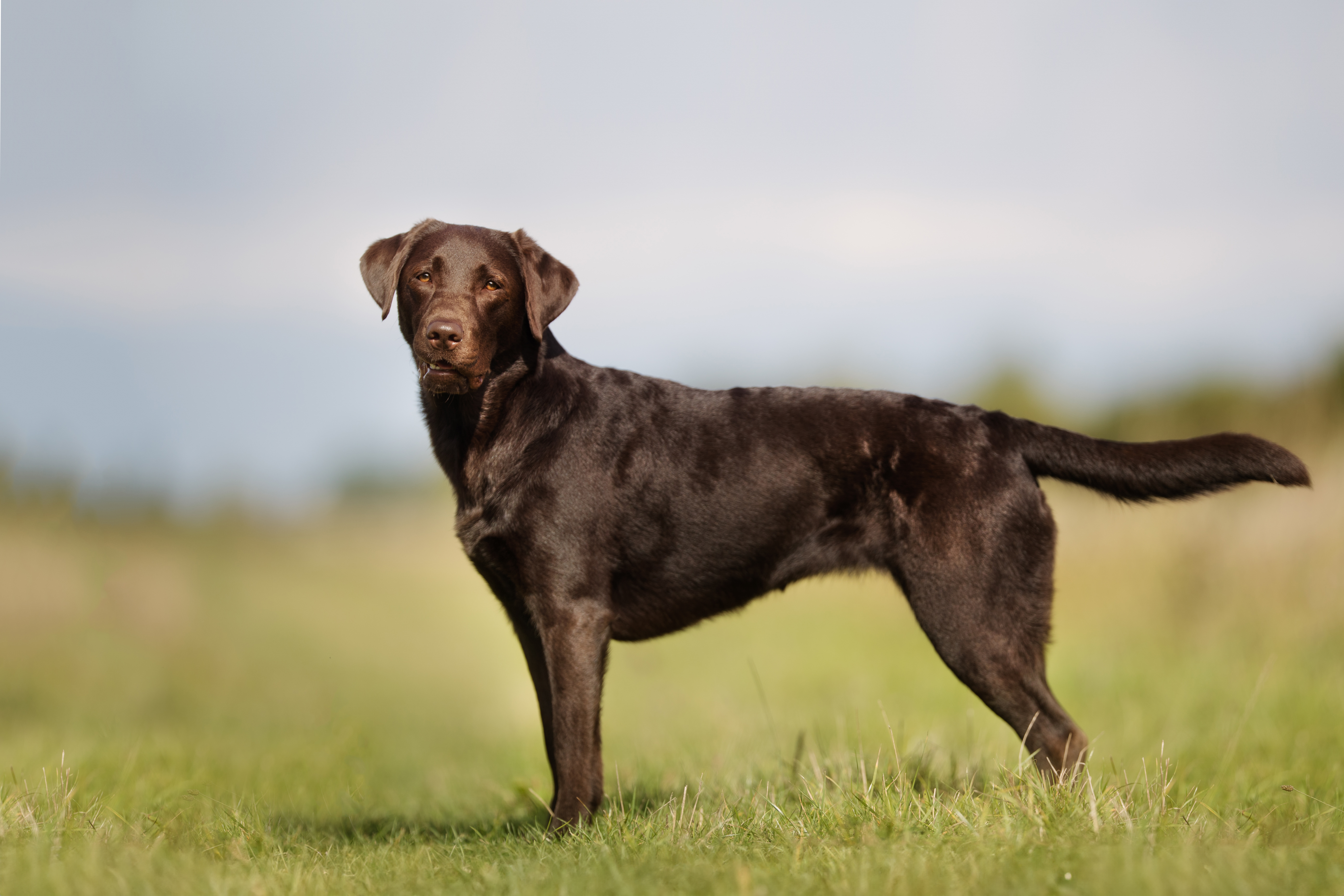
Top 10 Large Dog Breeds
This blog article discusses 10 common large dog breeds with the most important characteristics associated with these breeds. Large dog breeds are dogs with an adult weight heavier than 25 kg. Interested in another breed not listed in our top 10? Then take a look at our dog breeds page.






